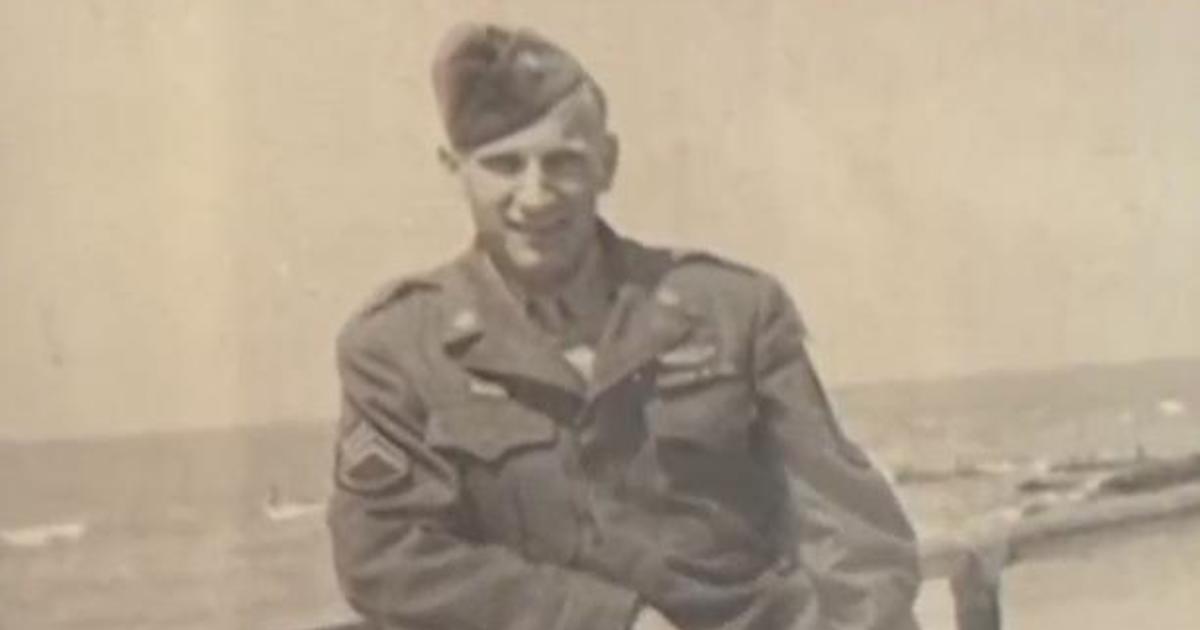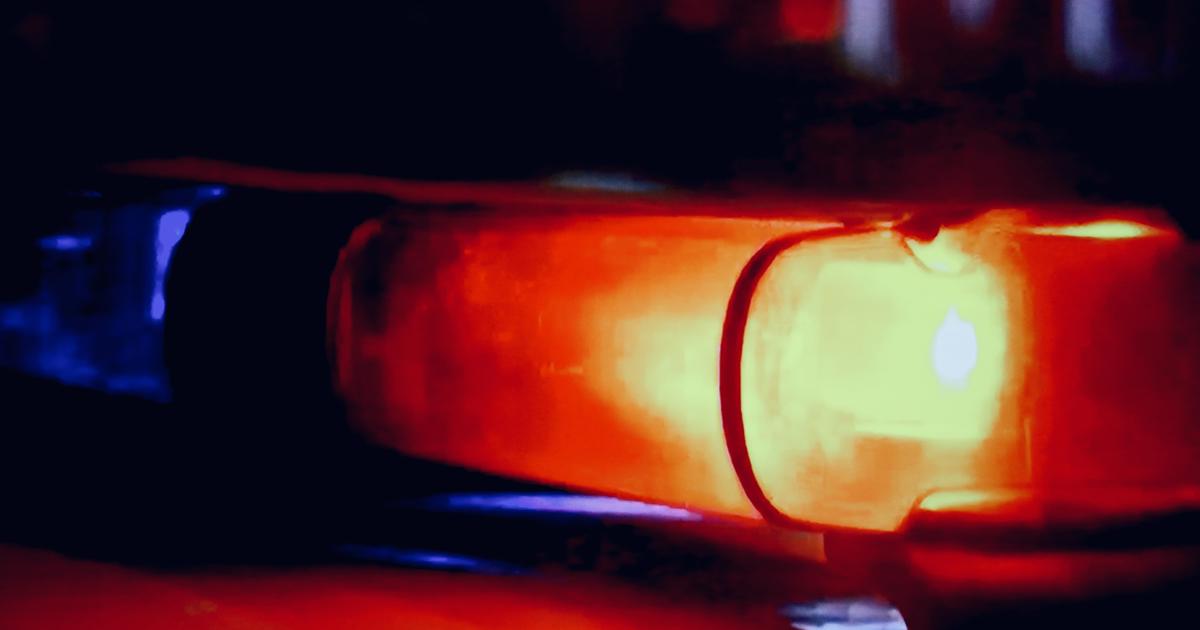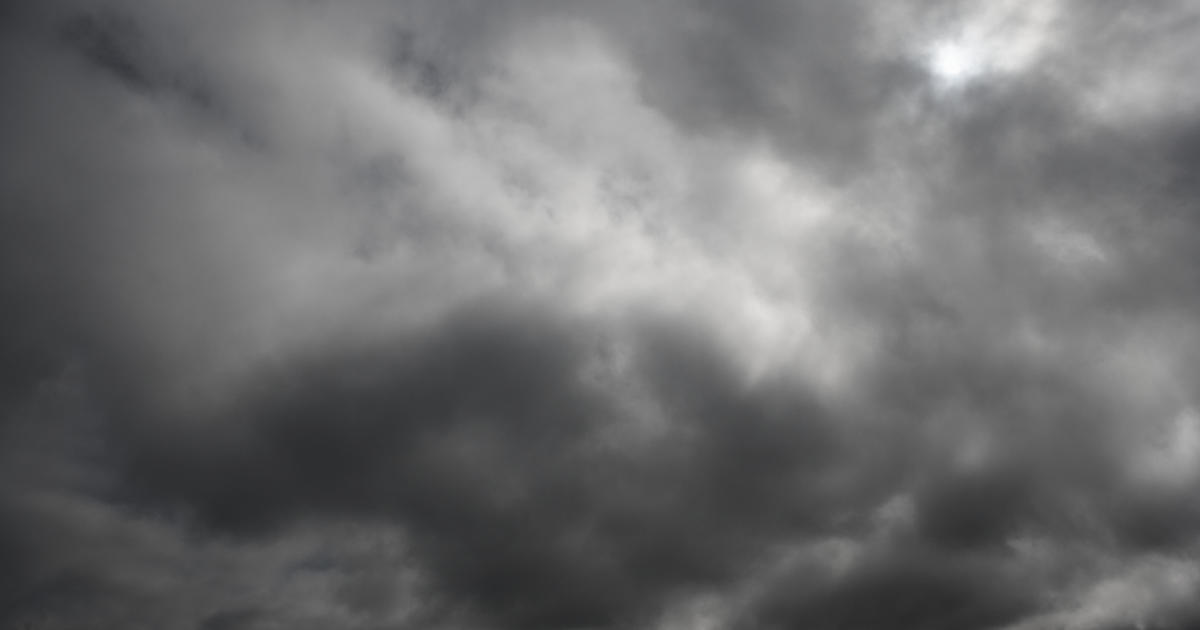Dallas Wants To Replace Trees Destroyed During June Storm, Add Trees Long Term
DALLAS (CBSDFW.COM) — The city of Dallas is looking to boost the number of trees across the city as part of a long-term plan.
Its effort became more urgent after the city lost thousands of trees during a severe storm June 9, including more than 700 in the city's parks.
Dallas Parks and Recreation Board President Bobby Abtahi said, "These are old, mature, thick trees, so it's not just the number here. It's really big, mature trees. That is going to take a lot of time, effort, energy and money to replace that."
He said the city will need 5,200 new trees to equal the more than 700 mature trees lost — at a cost of $1.25 million to plant and irrigate them.
"That's money we don't have. It's not just finding the trees and planting them. We have to figure a way to irrigate them. We've got to run water to them and we've got to keep them alive," Abtahi said.
TXU said it will make a sizable contribution to the effort, but the city is still looking for other companies to help.
Long-term, the city is working with the non-profit group, Texas Trees Foundation, to develop the Urban Forestry Master Plan to plant more trees.
The organization commissioned the Dallas Urban Heat Island Management Study in 2017, which found that Dallas could achieve significant cooling by planting 250,000 trees.
Matt Grubisich of the Texas Trees Foundation said planting more trees is essential.
"This is necessary because Dallas is the second fastest warming city in the country behind Phoenix, Arizona," Grubisich said. "We're going to double in population as a region in the next 30 years and when you bring all those people. That brings more infrastructure, which then starts to increase our urban heating effects and trees are a great way to reduce localized heat to be able to help with air quality."
As of now, 30 percent of Dallas is covered in trees and the master plan will determine how many trees should be planted and where.
"We have been able to show we can reduce air temperature by as much as 15 degrees in localized areas just by increasing the tree canopy cover."
To make his point, Grubisich pointed a thermal gun at the concrete surface in the sun which recorded a 122 degree temperature. In the shade, the concrete measured 100 degrees. The grass was 97 degrees in the shade.
In addition to planting new trees, the foundation will assess the city's existing canopy to determine how healthy it is.
"Taking care of the canopy that we have is just as important as planting the next generation of canopy and that's what the Urban Forestry Master Plan will focus on," Grubisich said.
He followed up by saying the foundation hopes to kick-off its effort late next month and make public its plan by Earth Day, 2020.
When asked if the city will be able to afford it, Grubisich said, "The city is going to have to afford this. With our urban heat island study, what we showed is if we were to lose five percent of our tree canopy cover, then our urban heat island would almost double. They can't afford not to do it."



